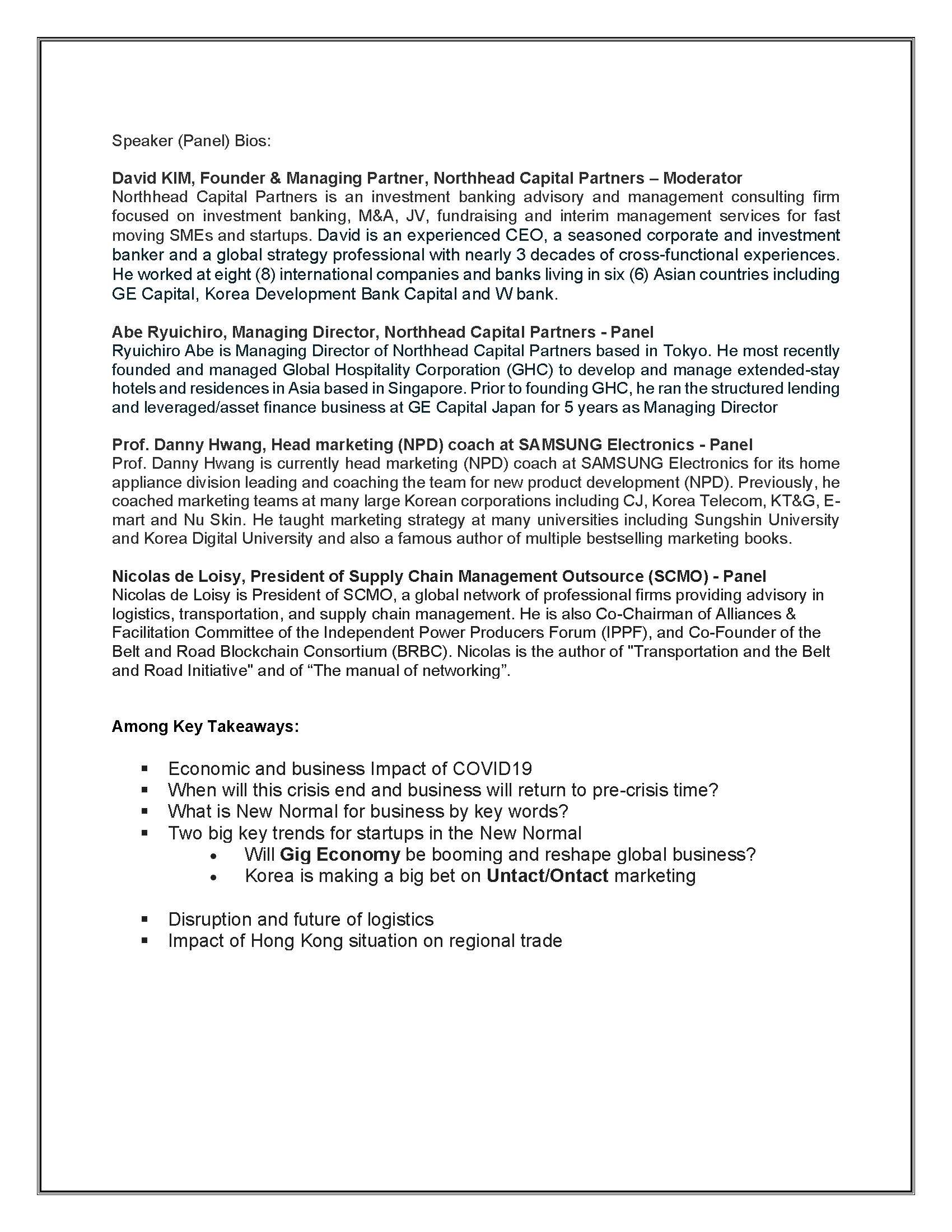In the decades after the opening of the waterway, tensions between Panama and the United States were often stormy and colored by deep conflicts and violence. Fostered by racial differences, notions of honor, respectability and civilization, the relationship between the countries and their citizens was highly problematic [3]. Frequently, the United States sent troops into the country to suppress protests and, on the other side, the Panamanian police aggressively stood up against canal employees [6]. These frictions illustrated the complex and tense relationship between Panamanians and Americans.
Elite Panamanians perceived the presence of the United States and the canal as necessary, expecting it to be a path to modernity and civilization, yet instead of welfare, the project brought Americans who behaved disorderly and uncivilized [3]. More and more Panamanians claimed a revision of the original terms of the Hay-Bunau-Varilla treaty, and the steady growth of dissatisfaction and frustration, as it reached its limit, was made known in numerous uprisings and demonstrations [3, 6, 7].
Following the riots in 1964, Panama gained sympathy from around the world for more authority over the canal, which became a turning point in the relations between the United States and Panama [3]. Negotiations between the two countries took until 1977, when a new treaty about the Panama Canal was signed. Agreed by Panama’s President Omar Torrijos and U.S. President Jimmy Carter, new treaties promised an end to the United States controlling the waterway, declared the permanent right of the United States to defend the neutrality of the canal, but prohibited the United States from interference in internal affairs in the Republic of Panama [3, 6, 8]. Particularly, the first treaty mandated the elimination of the Canal Zone as of October 1, 1979, and agreed that the United States would run the administration of the canal until December 31, 1999 [3, 6].
Significant changes were implemented: a new organization, the Panama Canal Commission, was established, with a board of five American and four Panamanians members, and as of 1990, a Panamanian would fill the position of Administrator. Furthermore, the treaty called for more skilled Panamanians, as they would gradually play a greater role in the organization, and it prescribed that Panama would receive a higher amount of canal revenue [6]. The second treaty set out the Canal’s permanent neutrality and both countries’ right to defend it [6, 7]. Hence, much of what constituted the special relationship between the United States and Panama no longer existed after 1999, and for the first time in 158 years (since the construction of the railroad), the American military was absent in Panama [9].
At the end of the 1980s, after nine years of dictatorship under military governor Manuel Noriega and despite the agreements, the United States invaded Panama. President George H.W. Bush had realized he could not control Noriega, which seemed problematic now that, following the Torrijos-Carter Treaties, the countries were moving towards a joint administration of the canal [3]. After large and bloody attacks on Panama City, Noriega surrendered on January 3, 1990 [6]. Immediately after the invasion, President Bush declared that he aimed at safeguarding the American citizens in Panama, combating drug trafficking, protecting the integrity of the treaties and the Panama Canal, as the waterway was still under protection of the United States [3, 6].
Panama’s road to recovery began. By means of close cooperation and extensive planning among American and Panamanian members of the Panama Canal Commission, working as one team with one mission, the countries worked towards a “seamless transition” of the canal [9]. In the years towards the transition date, strong criticism regarding Panama’s capability to run the organization of the canal was put forward in American media. Indicating doubt about the local ability it was said that the Panamanians would “dance on the canal’s waters during carnival” and were “never able to run the organization successfully” (Fieldnotes, July 2009).
Disregarding such critiques, the United States and Panama intensively collaborated to handover the canal to Panama. At the end of this process, more than seventy percent of all professionals and managers were Panamanian, as the government of Panama had made provisions for some Americans and other foreign nationals to stay employed with the canal [9]. The canal’s Administrator has been a Panamanian since 1990 and he continued in this role under the new Panama Canal Authority (ACP).
On December 31, 1999, ownership of the Panama Canal was officially transferred from the United States to Panama. A festive public ceremony was held at the Administration Building to mark the start of a new era for the waterway. From this date onwards, the ACP became exclusively in charge of the operation, administration, management, maintenance, protection and innovation of the Panama Canal.
The autonomous agency of the government of Panama oversees the Canal’s activities and services related to legal and constitutional regulations in force so that the Canal may operate in a secure, continued, efficient and profitable manner [8]. Meanwhile, the United States remains in close relation with Panama. Their collaboration is nowadays characterized by extensive counter-narcotic cooperation, support to promote Panama’s economic, political and social development, and plans for a bilateral free trade agreement [10].
References
- 1. McCullough, D., The Path Between the Seas: The Creation of the Panama Canal, 1870-19141977, New York: Simon and Schuster.
- 2. Parker, M., Panama Fever: The epic story of the building of the Panama Canal2009, New York: Anchor Books.
- 3. Greene, J., The Canal Builders: Making American's empire at the Panama Canal2009, New York: Penguin Books.
- 4. Ives, S., TV Documentary on the Panama Canal, in American Experience2010, PBS: USA.
- 5. Del R. Martínez, M., Canal locks: boat lifters, in The Panama Post2009: Panama.
- 6. Harding, R.C., The history of Panama2006, Westport: Greenwood Press.
- 7. Llacer, F.J.M., Panama Canal Management. Marine Policy, 2005. 29: p. 25-37.
- 8. ACP. Autoridad del Canal de Panamá. 2009March 2009]; Available from: http://www.pancanal.com.
- 9. Gillespie Jr., C.A., et al., Panama Canal Transition: The Final Implementation, 1999, The Atlantic Counsil of the United States: Washington, D.C.
- 10. Sullivan, M.P., Panama: Political and Economic Conditions and U.S. Relations, 2011, Congressional Research Service.
Author: Karen Smits / Publisher: SCMO


















































